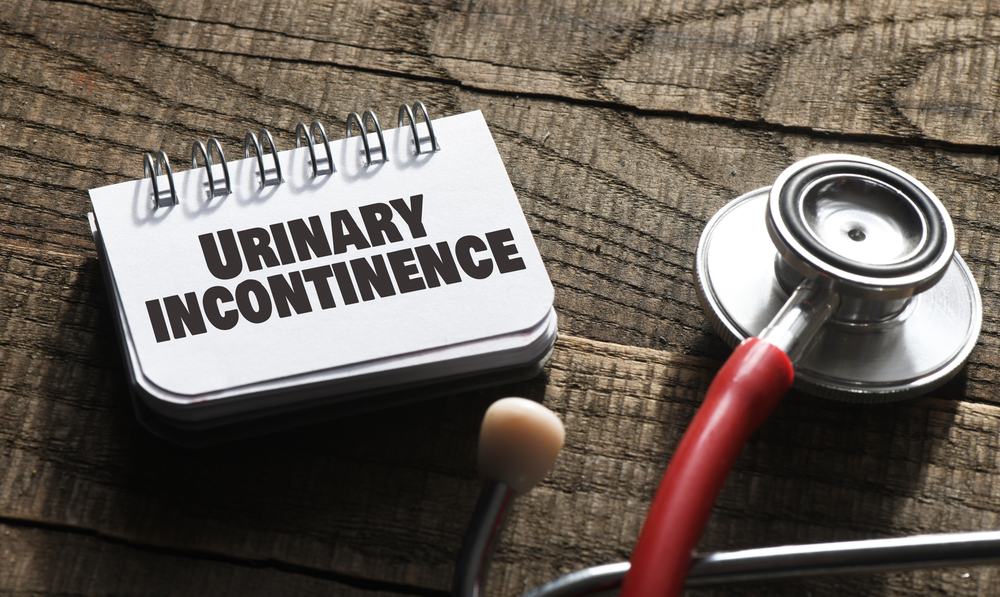
If you’re suffering from urinary incontinence, you’re in good company. In fact, approximately 33 million Americans are dealing with an overactive bladder right now.
As you struggle with urinary incontinence, you probably have several questions. We would like to tackle some of the answers here for you. Let’s start with the very basics:
What is urinary incontinence?
Urinary incontinence is uncontrollable urine leakage. A diagnosis is confirmed through a consult with a urologist, a physical exam, and potentially some diagnostic tests. Many more people suffer from urinary continence than we will probably ever know because they don’t realize that this is an issue that can be managed and treated. They continue on in silence. That doesn’t have to be you!
What are the symptoms?
The symptoms of urinary incontinence include:
- Urine leakage when any pressure is put on the bladder (including coughing, sneezing, exercise, etc.)
- Loss of bladder control
- Urination urgency
- Frequent urination
- The sensation that the bladder is never entirely empty
What are the causes?
Both men and women experience the condition, but the causes vary between the genders.
- Women who are or have been pregnant are sometimes more prone to developing urinary incontinence. The risk increases with each subsequent pregnancy. Menopause can impact bladder control as well. Women who have had a hysterectomy can also be at an increase risk.
- Men who have struggled with prostate problems are at an increased risk of developing urinary inctontinence.
Both men and women have an increased risk as they age and if they are taking certain medications. Other health conditions may also contribute, such as diabetes, obesity, high blood pressure, and stroke.
What are the treatments?
Just as causes vary, treatments do as well. Your urologist will consider a number of factors after an evaluation. These factors include health status, preexisting conditions, age, and severity of the symptoms. The potential treatment options are:
- External catheter system – designed for the male anatomy, this device covers the penis much like a condom, allowing urine to collect in a drainage bag.
- Indwelling catheters – a special balloon is fixed inside the bladder. This can be used by both men and women.
- Medication – the most common types of medications prescribed are called anticholinergics.
- Therapy techniques – pelvic muscle rehabilitation is a common technique used for UI treatment.
- BOTOX injections – placed directly into the bladder muscle, BOTOX could be an effective treatment for an overactive bladder.
- Nerve stimulation – a device is placed under the skin that applies electrical pulses to the nerves involved in bladder control.
- Lifestyle adjustments – making changes to your diet and liquid consumption (especially excessive caffeine) could improve symptoms.
What happens next?
While many Americans share in the suffering from urinary incontinence, it can be a very isolating condition. You don’t have to struggle alone! You may not even need to struggle at all anymore. Set up a consult with one of our compassionate, board-certified doctors at the Urology Associates of South Bend clinic. Surely, you have many more questions. Our physicians have the answers you’re seeking and the knowledge and skill to help you the best way possible.
Contact us today!